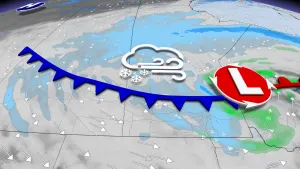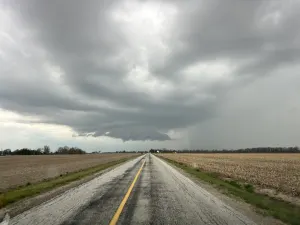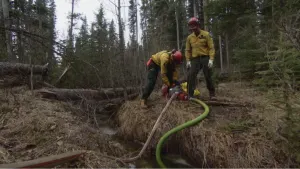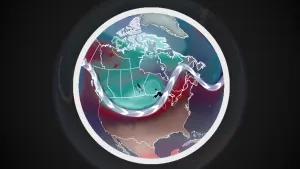
Lightning frequency is creating a new reality of wildfires in North America
A growing body of scientific research finds that climate change is influencing lightning frequency in some parts of the world.
Climate change is transforming the way wildfires behave across much of North America. Experts point to a combination of heat waves and droughts, especially those of longer duration, as the main cause of the many fires that have been occurring in recent years.
The intense heat that occurs during several consecutive days of a heat wave evaporates moisture from the soil. Since the ground is already so dry, most of that energy heats the air and causes higher temperatures. This amplifies the drying process even more, which facilitates the spread of fire.
Many fires, especially those that occur in remote areas of our planet, are related to electrical storms. Human activities, such as campfires that accidentally spread, also cause wildfires, but lightning bolts generated by storms are frequently a trigger.
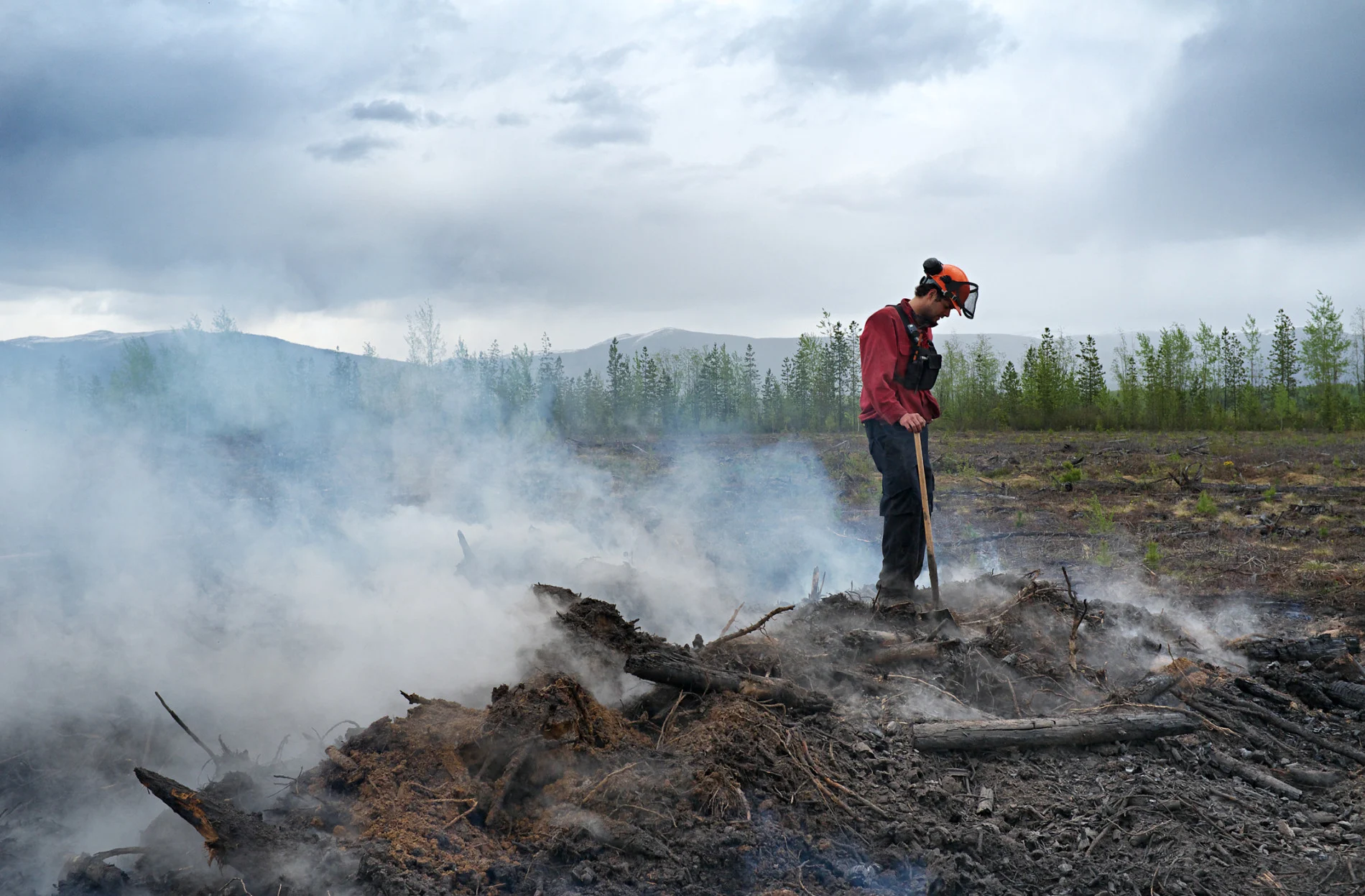
Wildland Firefighter standing on top of a smouldering pile in Mackenzie, British Columbia. (Aaron Black. The Image Bank. Getty Images)
Lightning is a natural phenomenon, but scientists say that it’s changing frequency is partly related to rising greenhouse gas emissions. According to Michael Flannigan, a fire expert and professor at the University of Alberta in Canada, the number of storms is rising as the planet warms, which is causing an increase in lightning and the amount of fires it is starting.
In fact, a study published in Geophysical Research Letters reports that lightning activity in the Arctic has increased in recent decades and is correlated with a rising in wildfire frequency.
Daniel Swain, a researcher at the Institute of the Environment in the University of California Los Angeles, points out that temperatures are winning the battle against other factors that could serve to alleviate the risk of fires.
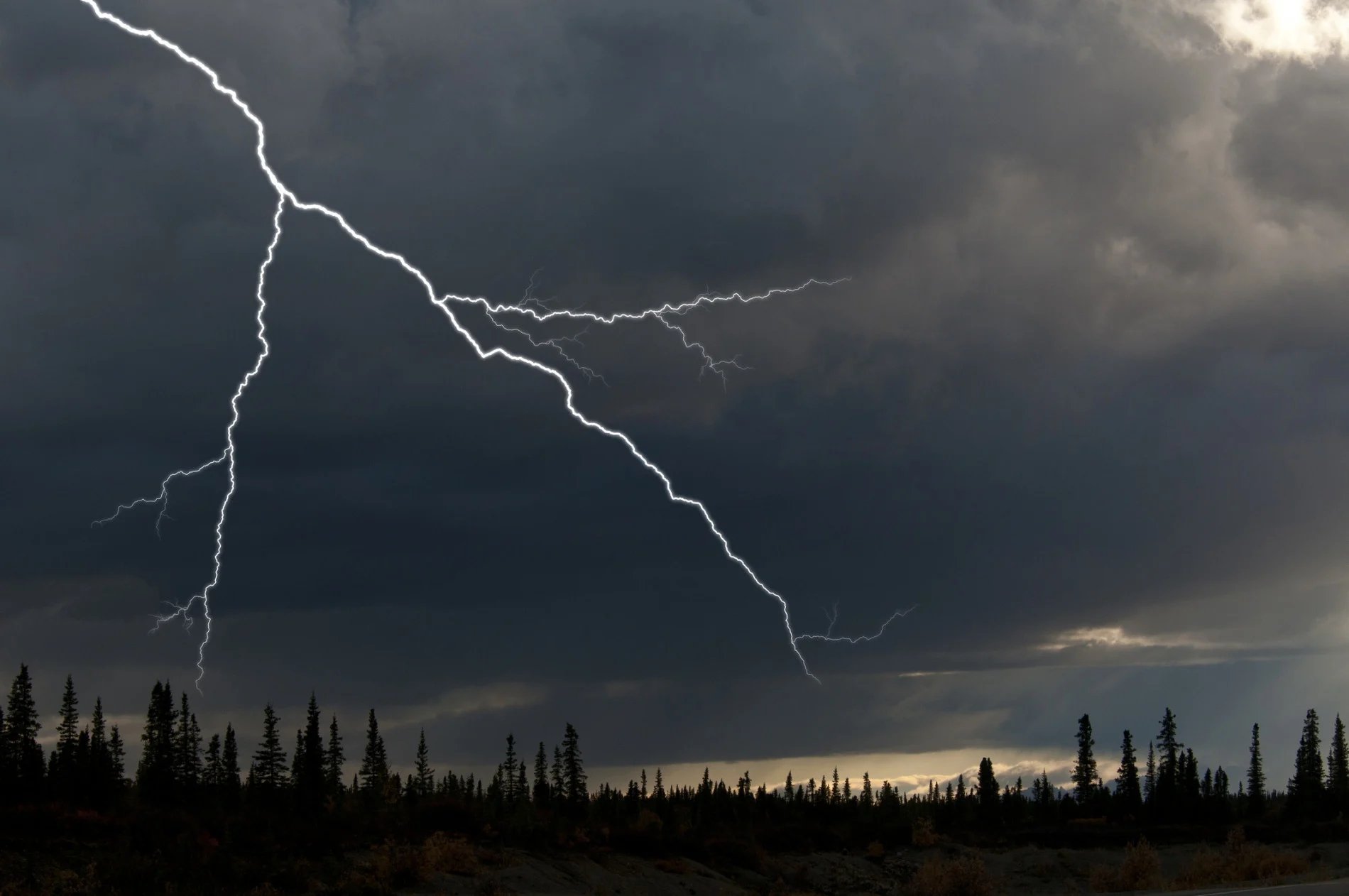
Lightning over a highway in Alaska. (Mark Newman. The Image Bank. Getty Images)
“Although we may have a good year of rainfall, and the soil and vegetation are humid, if one or more intense heat waves of several days arrive, that heat ends up drying everything facilitating the spread of fires,” Swain told The Weather Network.
Swain and Flannigan agree that there is a growing connection between heat waves and human-caused climate change. In areas of the planet where fires are already frequent, more extreme heat waves can be expected in the years to come and therefore more devastating wildfires.
Thumbnail credit: John Sirlin / EyeEm. Getty Images








